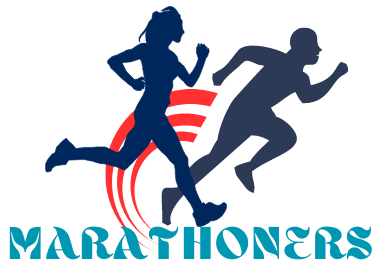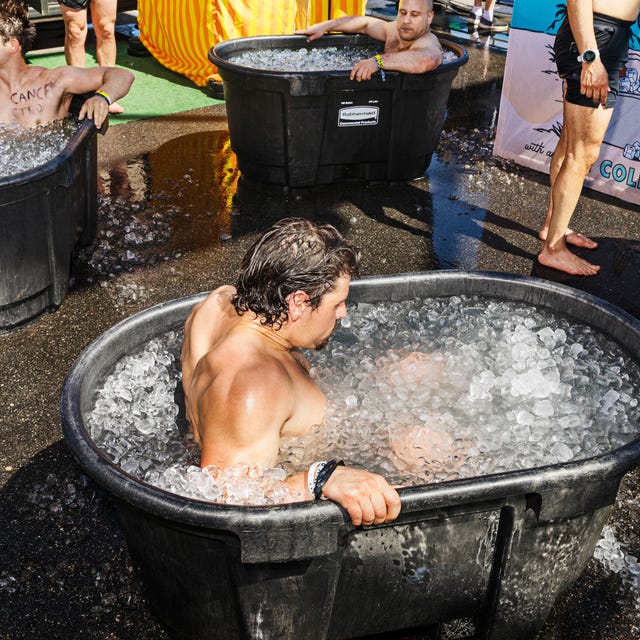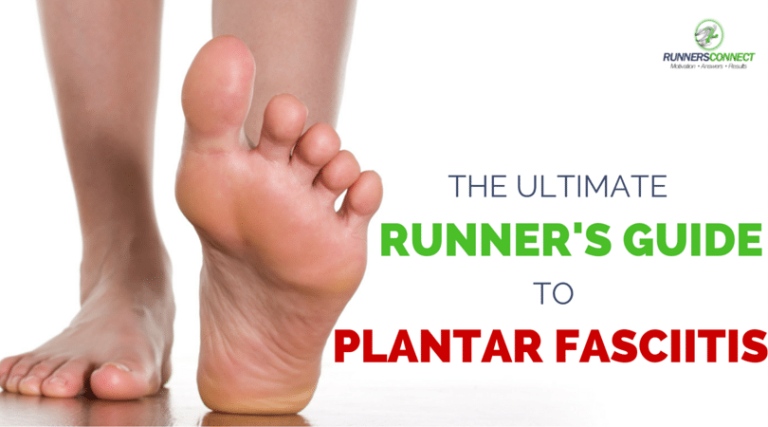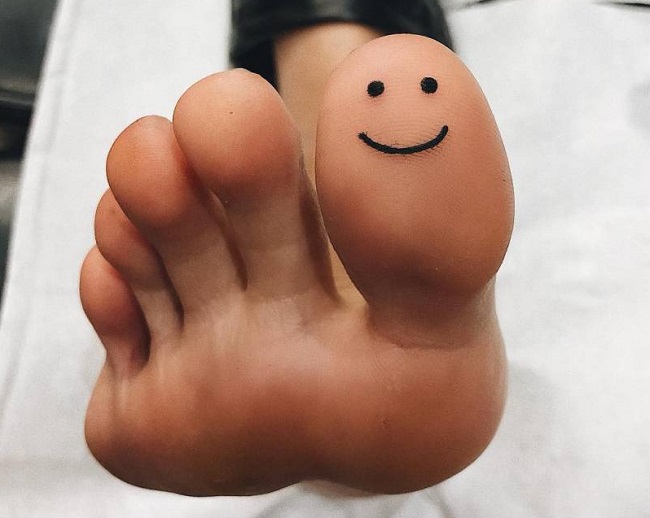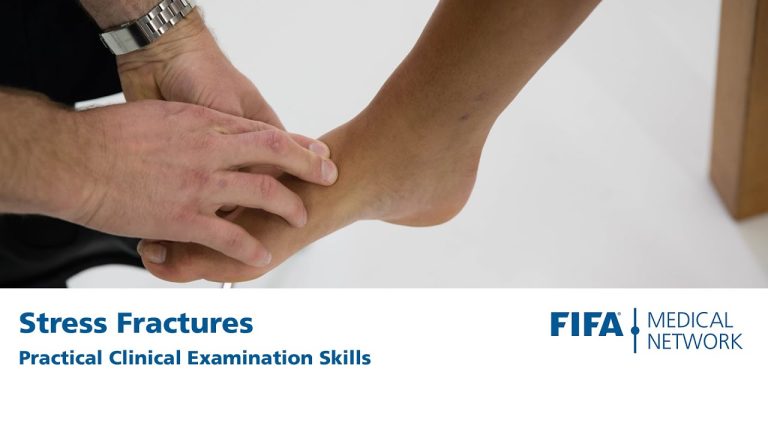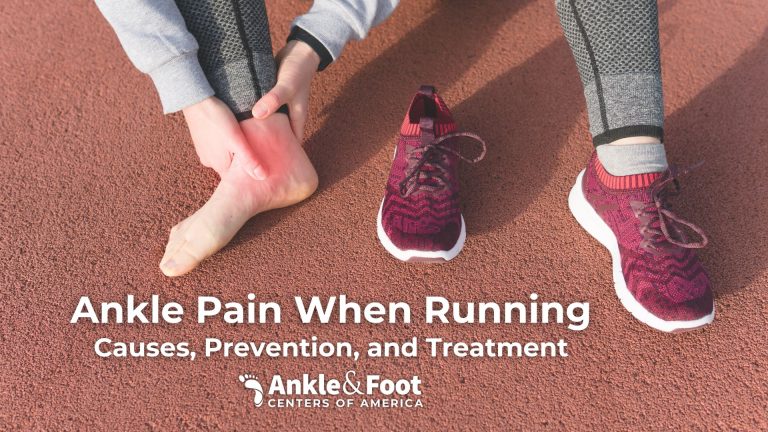Do Baths Help Muscle Recovery? Discover the Surprising Benefits
Yes, baths can help muscle recovery. Warm water can soothe sore muscles.
It also improves blood flow, which aids healing. After a tough workout, your muscles need care. This is where a warm bath can come in handy. Warm water helps relax tight muscles and increases circulation. This can reduce muscle soreness and speed up recovery.
Plus, a bath can provide a moment of calm and relaxation, giving your mind a break too. Whether you’re an athlete or just starting a fitness routine, understanding the benefits of a bath can be essential for your recovery process. Dive in to learn how a simple bath can make a big difference in your muscle recovery.

Credit: performbetter.co.uk
Introduction To Muscle Recovery
Muscle recovery is vital for growth and strength. Rest allows muscles to repair. Without proper recovery, muscles can become weak and prone to injury. Sleep, nutrition, and hydration are key. Recovery improves performance and helps you feel better.
Stretching helps reduce muscle stiffness. Foam rolling can ease tension. Cold baths and ice packs reduce swelling. Warm baths improve blood flow. Massage relaxes muscles. Proper nutrition fuels recovery. Rest is crucial. Sleep aids muscle repair.
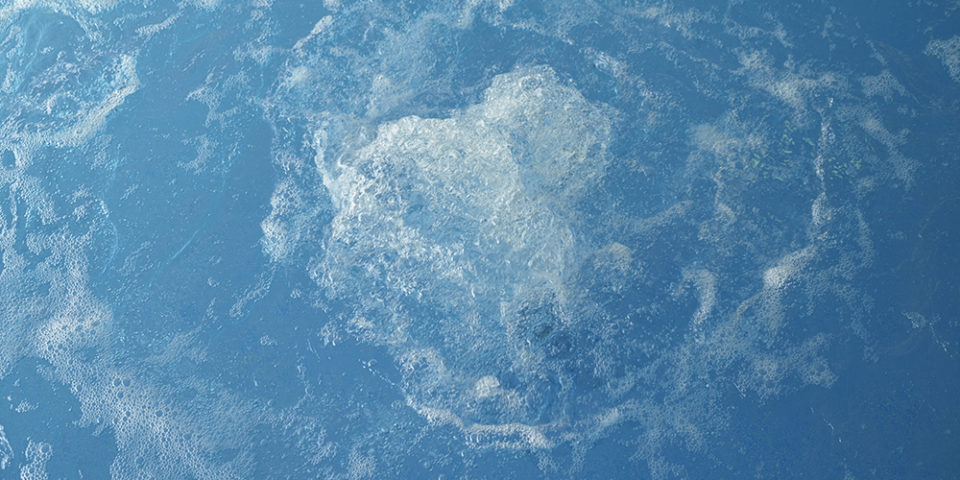
Credit: blog.prismahealth.org
Role Of Baths In Muscle Recovery
Taking a bath can be good for your muscles. Different types of baths work in different ways. A warm bath can help relax muscles. It can also help blood flow better. This can bring more oxygen to muscles, helping them heal.
A cold bath can reduce swelling. It can also ease pain by numbing the area. Some people like to switch between hot and cold baths. This is called contrast bathing. It may help muscles recover faster.
People have used baths for a long time. In ancient Greece, athletes used baths to relax after training. The Romans built large public baths. These were places to clean, relax, and recover.
Today, athletes still use baths. They know baths can help muscles feel better. Baths are a simple way to aid recovery.
Scientific Evidence
Scientific evidence suggests that baths can help muscle recovery. Warm water improves blood flow, reducing muscle soreness and stiffness.
Studies On Hot Baths
Hot baths can help to relax muscles. Warm water increases blood flow. This brings more oxygen to the muscles. Some studies suggest hot baths reduce muscle soreness. They can improve flexibility too. Athletes often use hot baths for recovery.
Studies On Cold Baths
Cold baths can reduce inflammation. Cold water decreases blood flow to muscles. This can help lower swelling and pain. Some research shows cold baths can quicken recovery. Athletes use cold baths after intense workouts.
Benefits Of Hot Baths
Hot baths can improve blood flow. Warm water opens up blood vessels. This allows more oxygen and nutrients to reach your muscles. Better blood flow helps reduce muscle soreness.
A hot bath can relieve stress. Warm water helps your body relax. This can lower muscle tension. Feeling relaxed can help you sleep better. Good sleep is important for muscle recovery.
Benefits Of Cold Baths
Cold baths can help reduce inflammation. Cold water causes blood vessels to tighten. This process can decrease swelling. Less swelling means less pain. Cold baths are common after intense workouts. Many athletes use them.
Cold baths can also provide pain relief. Cold water numbs the nerves. This can reduce the feeling of pain. Sore muscles feel better. Cold baths can be very soothing. They help relax the body.

Credit: www.o-care.com
Comparing Hot And Cold Baths
Hot baths relax muscles and soothe pain. They increase blood flow and help with stiffness. Cold baths reduce swelling and numb pain. They slow down blood flow and reduce inflammation. Both have benefits but serve different purposes.
Use a hot bath after a workout to relax. It helps with muscle soreness. Use a cold bath for fresh injuries. It reduces swelling and pain. Do not use cold baths for long periods. Switch between hot and cold baths for best results.
Practical Tips
Warm baths can aid muscle recovery by increasing blood flow and easing tension. They help reduce soreness and improve relaxation.
How To Take A Hot Bath
Hot baths can relax muscles. Fill your tub with warm water. Ensure the temperature is comfortable. Soak for 15-20 minutes. Add Epsom salts for better relief. Light some candles to relax more. Remember to hydrate after the bath.
How To Take A Cold Bath
Cold baths can reduce inflammation. Fill the tub with cool water. Add ice cubes to make it colder. Soak for 10-15 minutes. Wear a sweatshirt to keep your upper body warm. Avoid staying in the cold bath for too long. This can harm your skin.
Additional Recovery Techniques
Baths can help soothe sore muscles and promote relaxation. Warm water improves blood flow, aiding muscle recovery. Cold baths reduce inflammation and ease pain.
Complementary Methods
Foam rolling can help ease muscle tension. It also improves blood flow. Stretching after a bath can increase flexibility. Gentle yoga helps in calming the mind too.
Combining Baths With Other Techniques
Alternating hot and cold baths can reduce muscle soreness. This method helps improve circulation. Drinking water after a bath helps keep muscles hydrated. Eating a protein-rich snack can aid in muscle repair.
Conclusion
So, do baths help muscle recovery? They can provide great relief. Warm water soothes sore muscles and eases tension. Cold baths reduce inflammation and numb pain. Both methods have their benefits. Listen to your body and choose what feels best.
Baths are a simple way to support your recovery. Always remember, rest and proper care are essential for muscle health.
